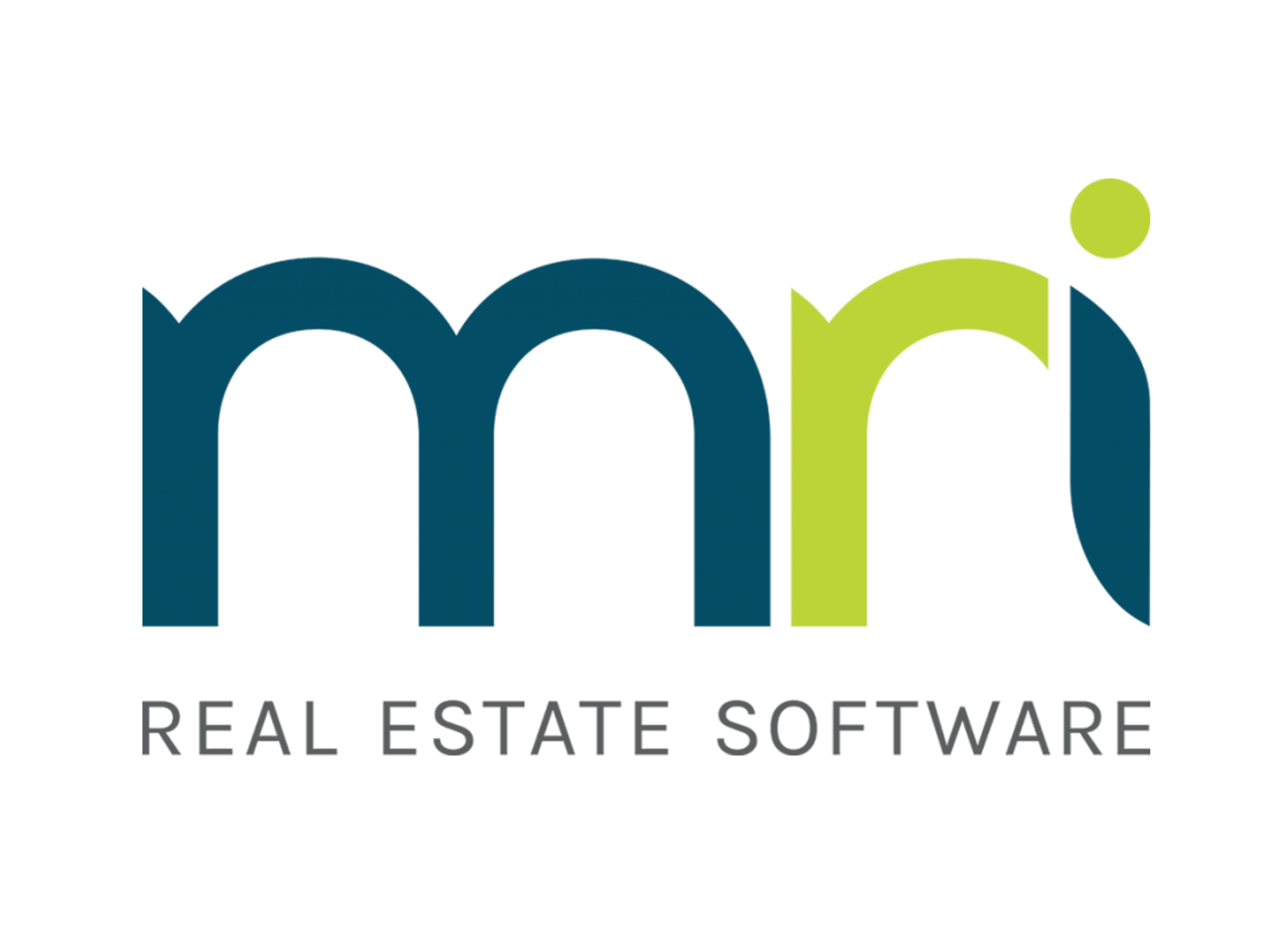Getting The Right Space In The Right Place Can Only Be Achieved Through Technology

The way people use a workspace today is putting real pressure on both occupiers and landlords. While the pandemic changed use of space radically, this is on top of a major shift that was already occurring in how people view the office. The only way to create space people really need is to embed proptech in the entire office life cycle, MRI Software Global Marketing Director Nicholas Frank said.
“You can use software to look at who is coming into the office and when, but this is a Band-Aid for a much more long-term problem,” Frank said. “Landlords and businesses need a plan that can adapt in the future. This means using tools that answer many questions, from where an office needs to be to how rooms are used to lease management. Today, there’s a lot of technology associated with being productive.”
Before Hybrid
Following the impact of the pandemic, hybrid working arrived in force. People come into the office only certain days a week, and when they do, it could be for meetings rather than to sit at their own desk. However, the global shift in how we work and use office space started long before, MRI Software Strategic Account Director Colin O’Reilly said.
“Covid accelerated the pace of change, but the likes of WeWork had already revolutionised the market,” he said. “Not just for serviced offices but how occupiers saw themselves. For example, they saw how staff enjoy collaboration areas, a beer after work, the way the office is laid out, the vibe. This influenced how modern offices look and how businesses interact with customers.”
The move toward collaboration areas has increased post-pandemic. Immediately after national lockdowns, there was a need to ensure employee safety and cleanliness was paramount, but already that has changed, Frank said.
“As vaccines came in, the shift went back to collaboration — people want spontaneity if they come into the office,” he said. “It’s a place for cross-fertilisation of ideas. Today they understand the concept of hot desking and sharing desks with people.”
Technology can play a part in creating the right balance of collaboration space and desks for focused work. MRI creates a range of tools that can help a business understand how people are using space, such as software to assess space utilisation that creates a heat map of floorplans.
After Hybrid
However, before redesigning an office completely, another question comes first: where should an office be? For some employees the hybrid model has evolved further than working in a different location each day of the week to an even more fluid model, Frank said.
“There are benefits to having offices in multiple locations,” he said. “You could spend a week in a London office, then a week in Newcastle. Offering different locations allows a business to hire the best employees and changes the type of talent you can bring in. It’s a real recruitment boost.”

Managing who will be where and ensuring the right facilities are in place take technology a step further, O’Reilly said. Post-coronavirus, people are managing a lot of factors to be as productive as possible, which includes knowing where different team members will be. An employee who travels to an office only to spend the day alone on video calls might not be satisfied, he said. It is crucial to have offices in the right location and make sure people are empowered to be where they want to be.
“We have solutions that help people find the right space for their business, from the inception of an idea to managing the space,” O’Reilly said. “For landlords, we can help them publicise the space and do scenario modelling for revenue streams. For tenants, we know that high-quality space in city centres is still in high demand, so we can help them find it.”
AI And Onward
The use of proptech is only going to become more prevalent, O’Reilly said, as both landlords and occupiers increasingly grapple with how to combine flexibility with efficient space management. More often, technology is being used to automate elements of the leasing process, for example.
“A big area for AI solutions is lease abstraction,” Frank said. “If you have hundreds of corporate leases as a tenant, they will all have different clauses and be put together in a different way. You might need to identify a certain clause in each one, such as tenants locating a force majeure clause during the pandemic. Our tool can extract the right information in a matter of hours. Manually, that could take days or weeks.”
As post-pandemic working continues to evolve, O’Reilly said that MRI has a unique view, sitting both sides of a lease. The company’s tools generate data from both tenants and landlords, which is helping the team to focus on creating the tools that are most useful. Just as MRI’s tools help businesses plan for the future, he said MRI aims to be as innovative as possible.
This article was produced in collaboration between MRI Software and Studio B. Bisnow news staff was not involved in the production of this content.
Studio B is Bisnow’s in-house content and design studio. To learn more about how Studio B can help your team, reach out to studio@bisnow.com.

